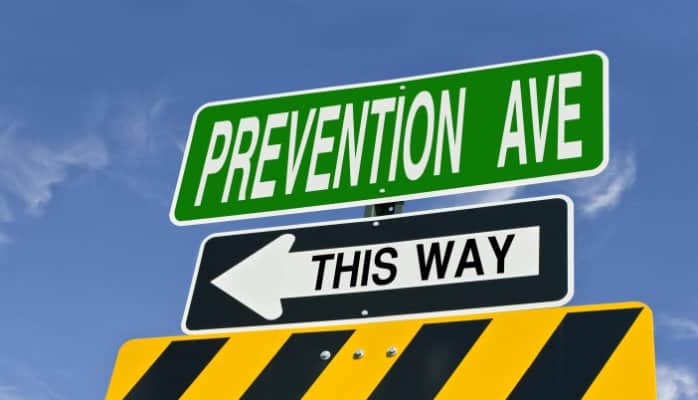The previous post,3 Reputational Risk Categories: A New Framework for Crisis Planning, reviewed three reputational risk categories and how they fit into a new framework for crisis planning. The next three posts will explore each of the threats in greater detail, starting here with preventable reputational risks.
So, let’s begin.
What is a preventable risk?
A preventable risk is something that evolves from when a company does something that does not accrue any strategic benefit—there’s zero upside from doing that activity or taking on that level of risk. There should be zero-tolerance for preventable risks.
Common scenarios
Let’s look at a few common scenarios for preventable risks, using the food industry as an example.
A food manufacturing company—a company that processes food and prepares it for public consumption—should have a zero-tolerance position on circumstances that can lead to a food recall.
However, it happens, as you can see from the following list of the 10 biggest food recalls in US history: 10 Biggest Food Recalls in U.S. History
Companies put plans and processes in place to prevent mistakes from happening. But sometimes they happen anyway. Equipment can break down; employees don’t follow the rules or raw materials are contaminated.
Preventable risks are risks that can be managed by rules
Preventable risks are generally able to be managed by improving procedures, by establishing required best practices (rules), and by allocating the necessary resources to put the proper technology, science and/or manpower in place.
The best practice is to have constant, vigilant review and testing ofprotocols in real time
Using the food industry example, if the tests for bacteria levels are coming back positive, if anything gets out of the facility, you recall it as quickly as you can and stop the manufacturing process on that line to get to the exact root cause.
Immediate action is the best tactic to manage these kinds of situations.
When a preventable risk becomes a reality, there’s no passing the buck
There’s no blaming somebody else—preventable risks simply shouldn’t happen.
This changes the messaging and tone of your response, which should now include:
- Focusing on an apology.
- Stating that the company is on top of the situation.
- Working to aggressively solve the problem.
- Asking that the buyer continue to have trust in the company while the problem is fixed.
Some companies will respond by making it the retailer’s responsibility to handle the communication (or whomever the end distributor is—the grocery store, the restaurant that’s selling the product, etc.).
But the companies that are getting it right are the ones that own the situation, communicate well and articulate the plan very aggressively from their standpoint as the producer (and don’t push it downstream to the actual end user).
It’s important to respond in this manner, because preventable risks shouldn’t happen
When something happens that shouldn’t happen, the only rational position you have is to apologize and fix it.
There’s no explaining it away. There’s no saying, “Yes, but…” You simply have to apologize, fix it and move on—quickly and from the highest levels.
Another tactic is to over-communicate the event; use social media channels to let people know that you’re vigilant and on top of the situation. And bring your employees—as brand ambassadors—into the conversation.
Most important, the companies that do it right, apologize.
Summary
What makes companies better when they have these situations is that they relook at their practices and procedures, develop crisis readiness plans and keep their employees engaged.
There’s a lot at stake when you talk about these issues, and the point of the new framework in crisis planning that we’re positing is that it’s not simply about how you respond in the crisis, but rather, it’s how do you plan for these risks and how do youtalk about these issues in advance?
What’s most important to understand is what potentially could happen and what can you prevent, and then you need to work to prevent it so you don’t have to apologize and you don’t have to fix it.
Want to discover more about the new framework for crisis planning?
Stay tuned right here as the next blog post will cover strategic reputational risks in further detail.
Check out other critical moment insights for smart people in our blog archive.


